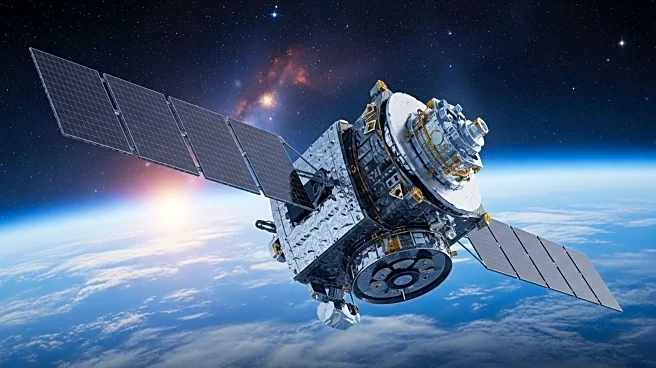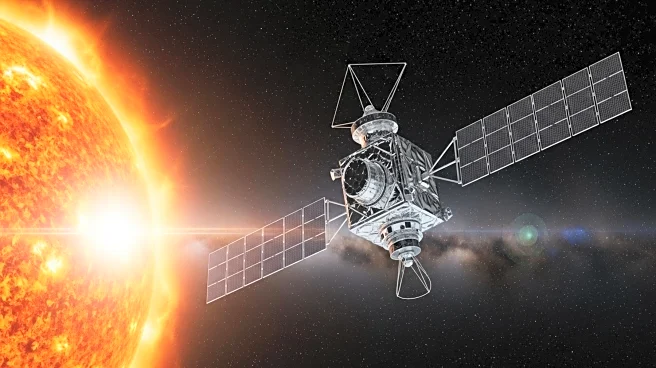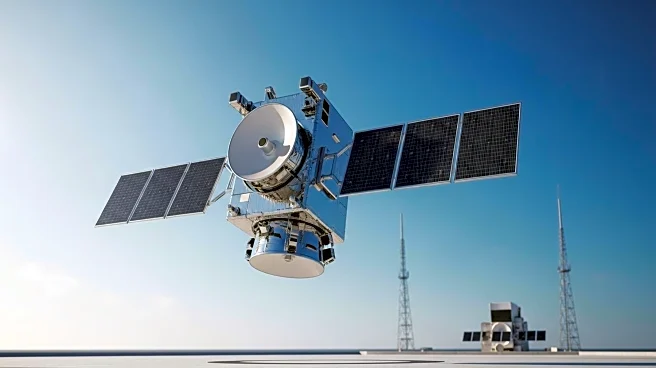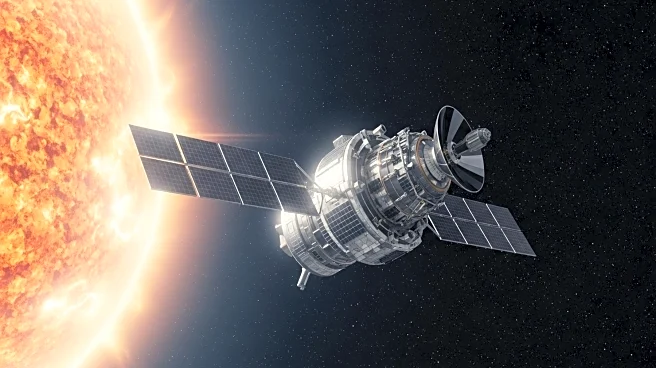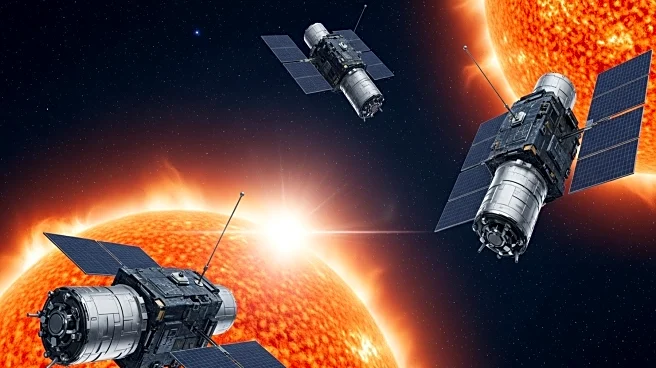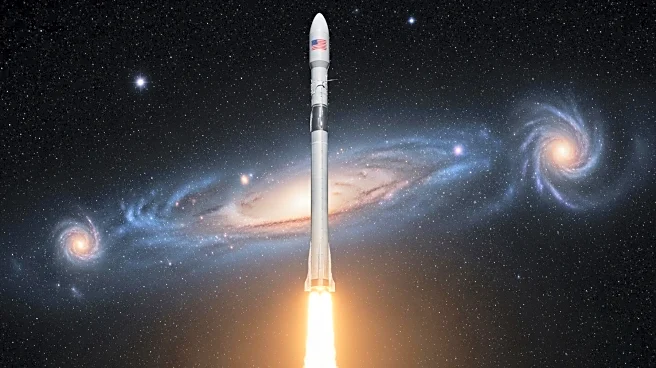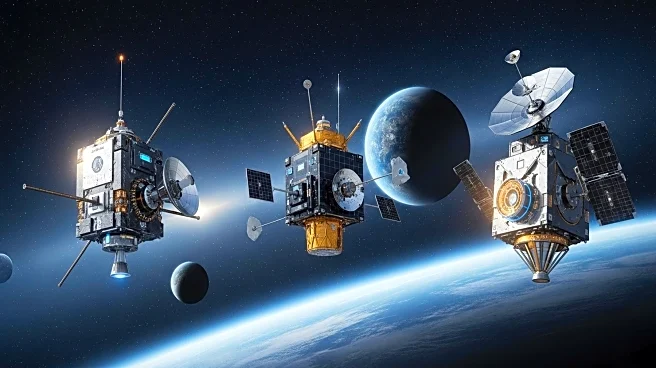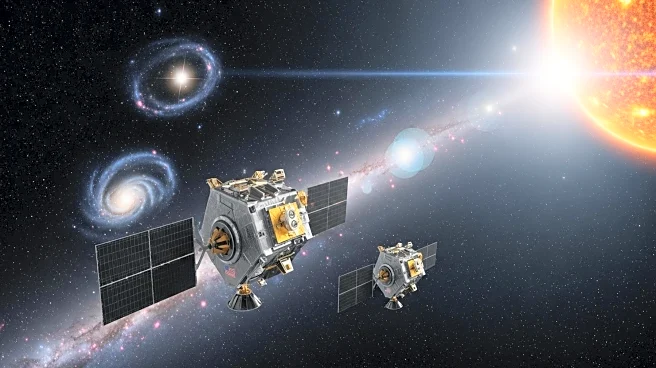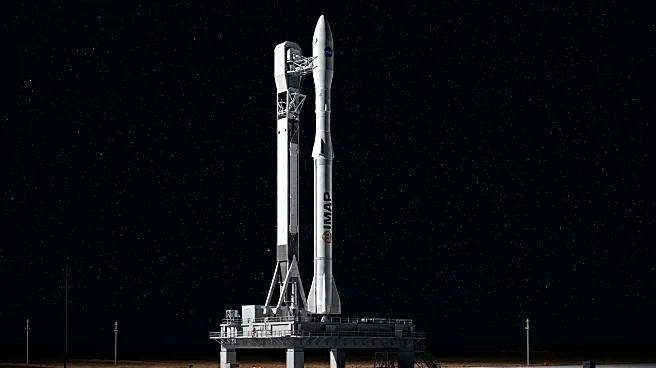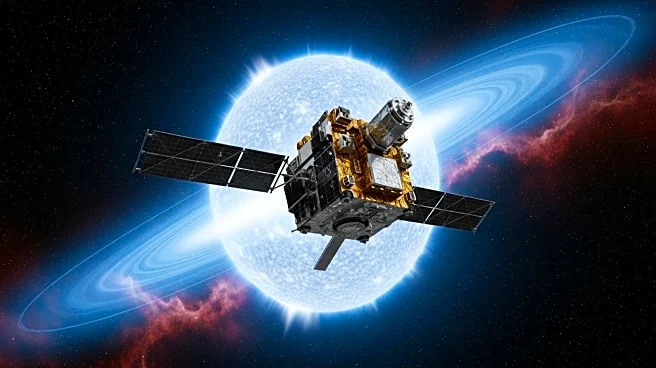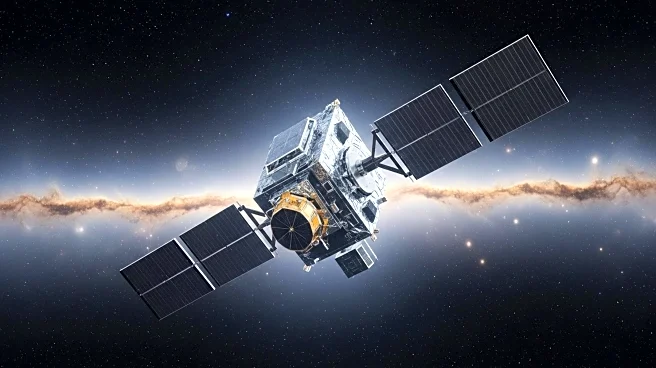What is the story about?
What's Happening?
The Interstellar Mapping and Acceleration Probe (IMAP) mission, supported by a network of space agencies and universities, has been launched to map and explore the heliosphere. This mission aims to study the solar wind and its interaction with cosmic rays, providing crucial data to improve space weather forecasting. IMAP will operate from Earth's Lagrange 1 point, offering a stable observation platform. Alongside IMAP, the Space Weather Follow-on (SWFO-L1) spacecraft and NASA's Carruthers Geocorona Observatory have also been launched. These missions will collectively enhance understanding of Sun-Earth interactions and improve safety for satellites and astronauts.
Why It's Important?
The IMAP mission is significant for its potential to advance space weather forecasting, which is crucial for protecting satellites and astronauts from solar activity. By providing early warnings of solar wind events, IMAP can help mitigate risks to space-based assets and human activities in space. The collaboration with SWFO-L1 and the Carruthers Geocorona Observatory further strengthens the mission's impact, as these missions will complement each other in studying the Earth's exosphere and space weather phenomena. This initiative represents a step forward in safeguarding technological infrastructure and human life in space.
What's Next?
The IMAP mission, along with its companion missions, will continue to collect and analyze data on solar and cosmic phenomena. The findings are expected to enhance predictive models for space weather, offering more accurate forecasts and timely warnings. This could lead to improved strategies for managing satellite operations and astronaut safety. The collaboration between various space agencies and research institutions will likely foster further advancements in space exploration and technology.
AI Generated Content
Do you find this article useful?
